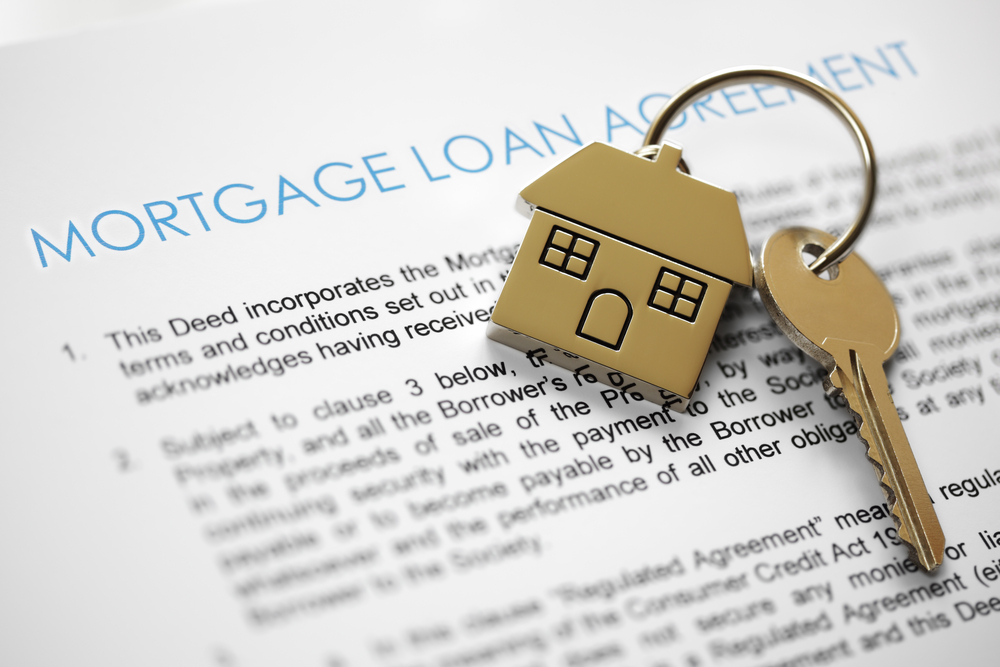Real Estate
Investor’s Group mortgage deal comes with strings attached
If you’ve been shopping around for a mortgage, you’ve probably heard about Investor’s Group’s offering of a variable-rate mortgage for 1.99% for a three-year term. This seems amazingly good. But is it too good to be true? Here’s the lowdown on those down-low mortgage rates.
It’s important to understand the mortgage lending business is intensely competitive, because for mortgage lenders, it is also hugely lucrative.
As a simple example, let’s imagine you take out a mortgage of $250,000 with a 25-year amortization, and at a typical current mortgage rate of 3.14%. And let’s also say that nothing changes in that 25 years – not the rate, not the term, not the amortization. Your monthly payment would be $1,201.15, and in 25 years, you’d have paid off the mortgage.
But you’d have paid total interest of $110,343.
That’s about 44% of the value of the principal. You can see why lenders want your business, and want it for as long as possible.
In the real world, however, rates, terms, and amortization periods change frequently – in fact, they can change each time your mortgage comes up for renewal at the end of the term, which can be one, three, or five years. With standard fixed-rate mortgages, the mortgage interest remains the same over the term of the mortgage. Current three-year fixed mortgages can be found for a recent 2.74%.
Variable-rate (also called adjustable-rate or floating-rate) mortgages offer a lower rate set at some discount to the prime rate, typically about 50-60 basis points (there are 100 basis points in one percentage point). Recent three-year variable rate mortgages were offered at about 2.4%. While the interest rate on the loan may rise if and when the prime rate rises during the term of the loan, the discount to the prime rate remains unchanged.
Variable-rate mortgages usually also let you convert to a fixed-rate mortgage during the term of the loan, which can be a useful feature if interest rates start climbing. Also, there’s typically only a three-month penalty for getting out of a variable-rate mortgage. For fixed-rate mortgages, the penalty is usually the larger of three months’ interest and the interest rate differential (IRD).
The exceptionally low rate of prime minus 1.01 percentage points offered by Investor’s Group on its three-year variable rate mortgage promotion departs from the usual variable-rate offerings in a number of important respects. Refinancing and early renewals are not allowed on this loan, although you can lock into a fixed rate at any time. A 15% annual lump sum repayment is permitted, along with annual increases in regular payments. Note too that the interest rate is based on the Investor’s Group current one-month prime fixed rate of 3%, and is adjusted on the first business day of each month. As with any variable-rate mortgage, if the prime rate rises, so will your mortgage rate. The one restriction to pay most attention to is that you can’t break the mortgage without selling your home.
The key with a variable rate mortgage is whether and to what extent you can withstand a rise in rates. You need to have a cushion or margin of error for those monthly payments. In other words, when contemplating a variable rate mortgage, you need to realistically budget for a higher monthly mortgage payment than what’s on offer. So if the 1.99% rate offered by Investor’s Group is at the maximum of your affordability scale for monthly payments, it’s probably not a good idea.
Finally, don’t be pressured by “limited time” marketing offers. You can see that mortgages can get tricky, and there are big bucks on the line – yours. So if you have any questions or doubts, I’d recommend consulting your financial planner or an objective mortgage broker before you sign on the dotted line.
Courtesy of Fundata Canada Inc. © 2014. Robyn Thompson, CFP, CIM, FCSI, is president of Castlemark Wealth Management.






















